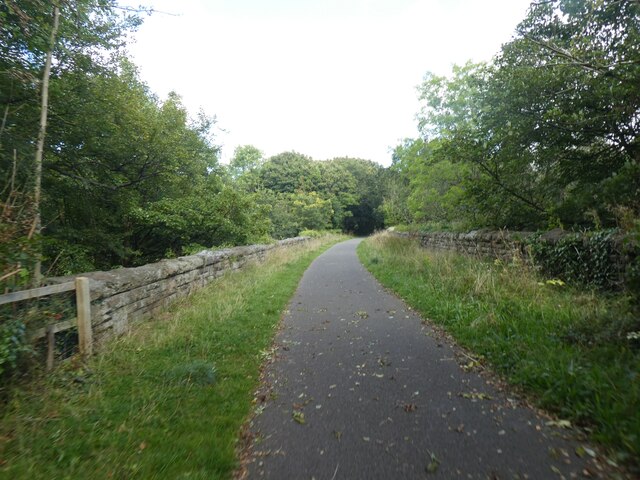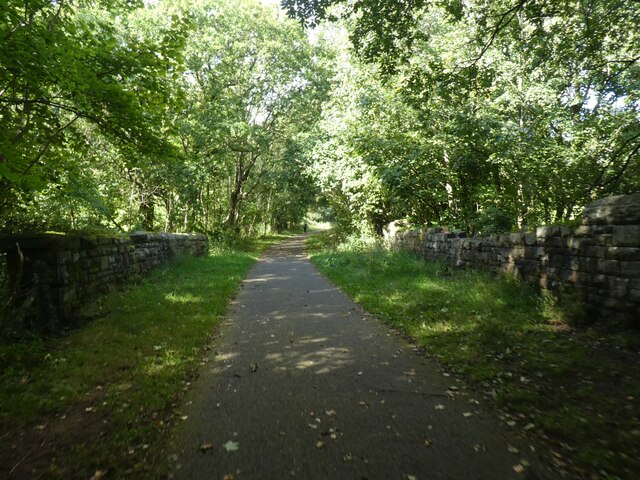Cwm Ffrwd-oer
Valley in Monmouthshire
Wales
Cwm Ffrwd-oer

The requested URL returned error: 429 Too Many Requests
If you have any feedback on the listing, please let us know in the comments section below.
Cwm Ffrwd-oer Images
Images are sourced within 2km of 51.697141/-3.0800963 or Grid Reference SO2500. Thanks to Geograph Open Source API. All images are credited.






Cwm Ffrwd-oer is located at Grid Ref: SO2500 (Lat: 51.697141, Lng: -3.0800963)
Unitary Authority: Torfaen
Police Authority: Gwent
What 3 Words
///film.adding.counts. Near Pontypool, Torfaen
Nearby Locations
Related Wikis
Torfaen (UK Parliament constituency)
Torfaen is a constituency in Wales represented in the House of Commons of the UK Parliament since 2015 by Nick Thomas-Symonds, a member of the Labour Party...
Torfaen (Senedd constituency)
Torfaen is a constituency of the Senedd. It elects one Member of the Senedd by the first past the post method of election. It is also one of eight constituencies...
Cwmffrwdoer Halt railway station
Cwmffrwdoer Halt railway station served the suburb of Pontnewynydd, in the historical county of Monmouthshire, Wales, from 1912 to 1941 on the Pontypool...
Pen Tranch
Pen Tranch is a large village and a community in Torfaen, South East Wales. It lies to the west of Pontypool in the valley leading west to Crumlin. It...
Nearby Amenities
Located within 500m of 51.697141,-3.0800963Have you been to Cwm Ffrwd-oer?
Leave your review of Cwm Ffrwd-oer below (or comments, questions and feedback).











